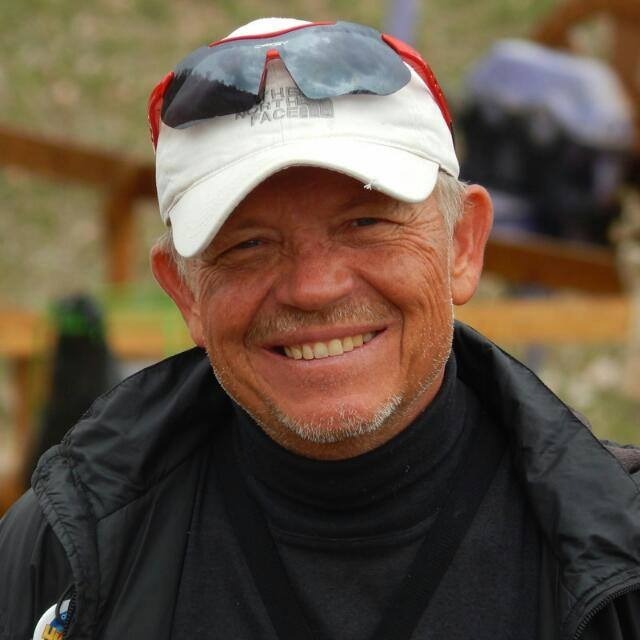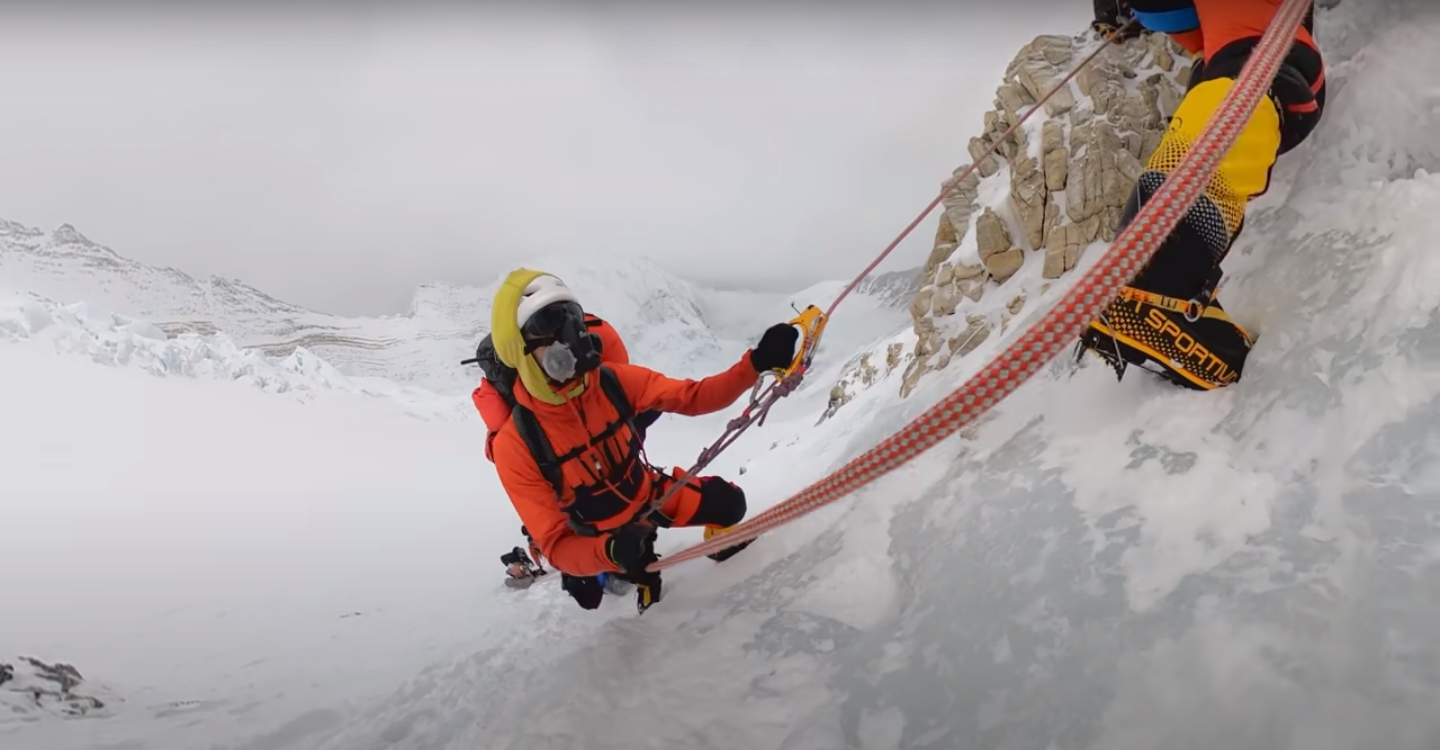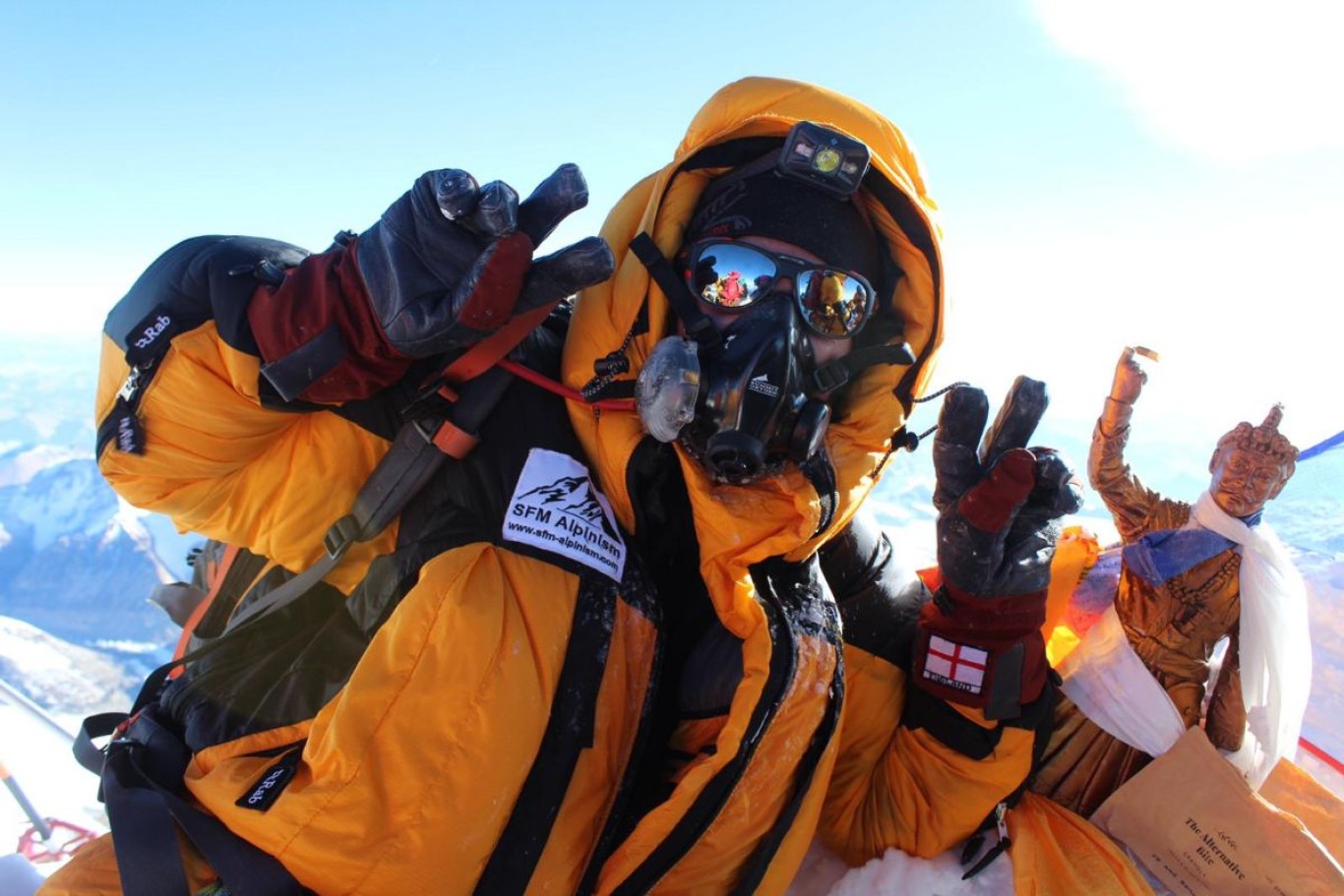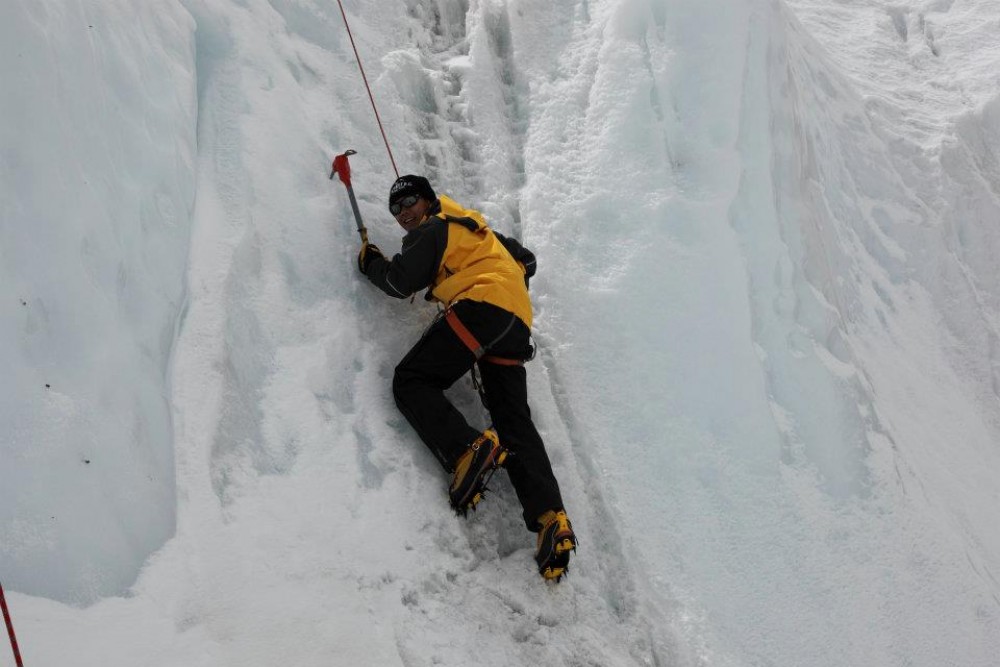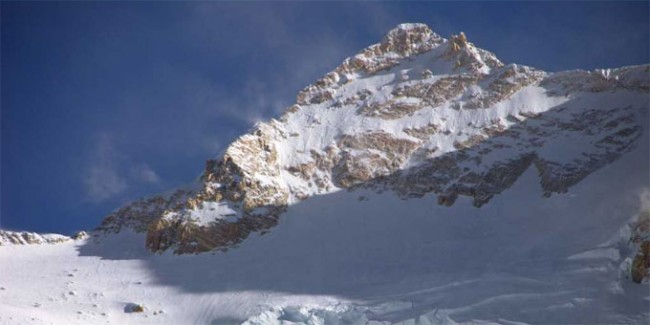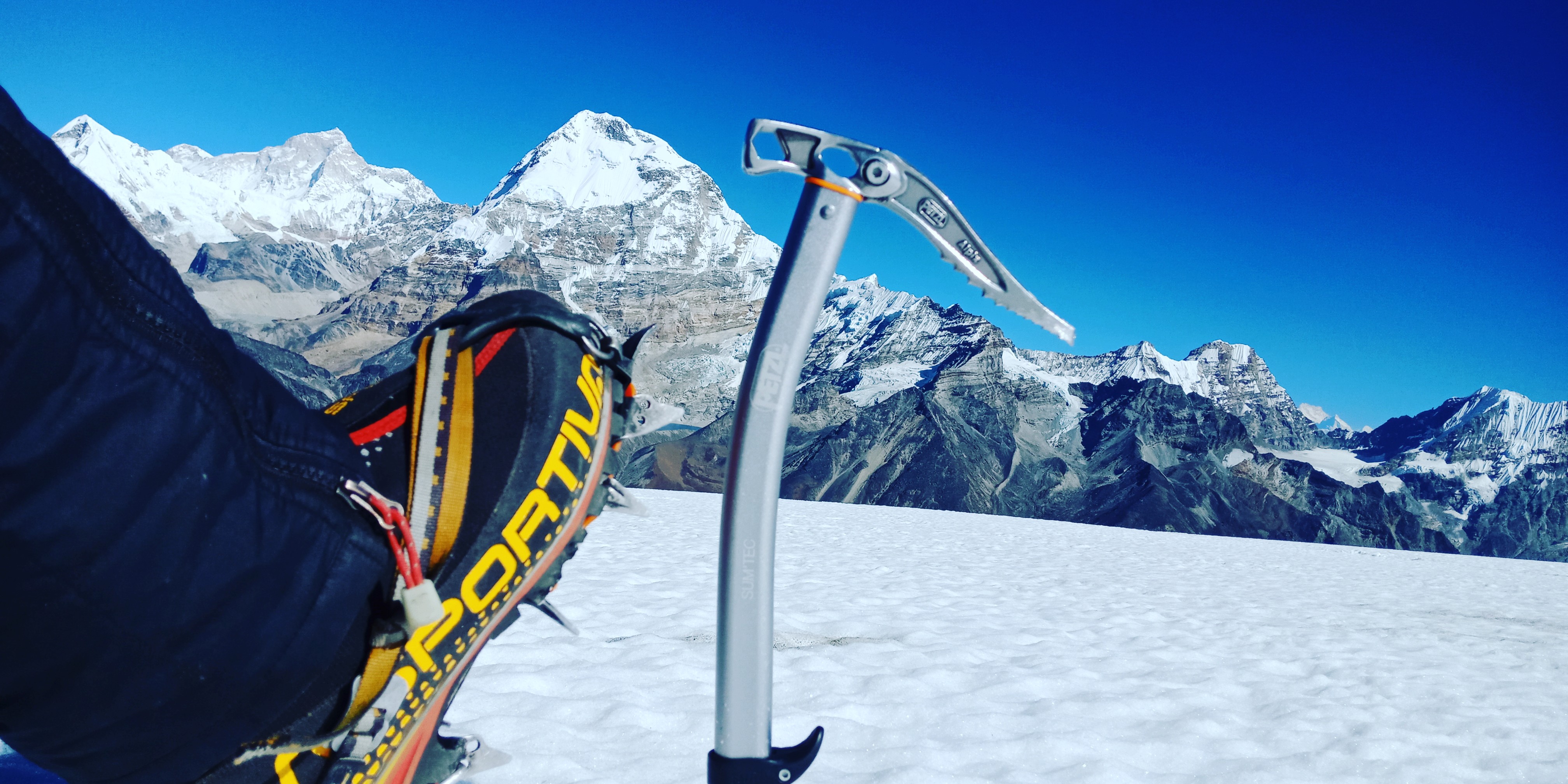Morning Sessions
Early Mornings and Breakfast at Everest Base Camp:
Start each day with an early wake-up, making the most of the best weather conditions for training. Indulge in a healthy breakfast at Everest Base Camp to prepare participants for the day's acclimatization and climbing training.
Acclimatization Hikes:
Structured Acclimatization Hikes:
Incorporate daily acclimatization hikes to higher elevations surrounding Everest Base Camp. These hikes serve to gradually expose participants to increased altitudes, aiding in the adaptation process.
Objective-Specific Hikes:
Tailor hikes to specific objectives, such as ascending neighboring peaks, traversing challenging terrain, and navigating crevasses. These activities contribute to physical conditioning and altitude acclimatization.
Climbing Training Sessions:
Technical Climbing Skills:
Conduct focused climbing training sessions, reinforcing and expanding upon the skills acquired during earlier classes. Emphasize rope work, ice and rock climbing techniques, and advanced safety protocols.
Equipment Use and Maintenance:
Regularly review the use and maintenance of climbing equipment, ensuring that participants are proficient in handling gear under varying conditions.
Climbing Simulations:
Implement climbing simulations and scenarios to simulate real-world climbing conditions. These exercises enhance participants' ability to apply technical skills in practical situations.
Individual Coaching:
Personalized Coaching:
Provide one-on-one coaching sessions, addressing individual strengths and areas for improvement. The Sherpa guides offer tailored advice, ensuring that each participant is well-prepared for the challenges of high-altitude climbing.
Mental Conditioning:
Include mental conditioning exercises to prepare participants for the psychological aspects of high-altitude mountaineering. Stress resilience, focus, and decision-making skills are crucial elements of mental preparation.
Glacier Travel and Crevasse Rescue:
Glacier Travel Practices:
Focus on glacier travel practices, including route selection, navigation through crevassed terrain, and group coordination. The Everest region's glaciers present unique challenges that require specialized skills.
Crevasse Rescue Drills:
Conduct regular crevasse rescue drills, reinforcing the techniques learned during climbing classes. These drills prepare participants to respond effectively in the event of a crevasse-related incident.
Theory Sessions:
Mountain Meteorology:
Host theory sessions on mountain meteorology, helping participants understand weather patterns and make informed decisions regarding climbing conditions.
High-Altitude Physiology:
Explore the physiological aspects of high-altitude mountaineering, discussing topics such as acclimatization, altitude sickness, and oxygen use at extreme elevations.
Rest Days and Team Building:
Strategic Rest Days:
Strategically incorporate rest days to allow participants to recover physically and mentally. Rest days contribute to overall well-being and help prevent fatigue and overexertion.
Team Building Activities:
Organize team-building activities to strengthen the bonds among participants and foster a supportive team dynamic. Group cohesion is essential for a successful Everest expedition.
Evening Reflections:
Group Discussions:
Conclude each day with group discussions, allowing participants to share their experiences, ask questions, and provide feedback. These sessions contribute to a collaborative learning environment.
Review of Progress:
Regularly review individual and collective progress, celebrating achievements and addressing any concerns or challenges. This reflective process ensures that participants are on track for a successful ascent.
Culmination and Summit Preparation:
Summit Strategy Discussions:
As the acclimatization and training period progresses, engage in summit strategy discussions. Outline the planned ascent route, weather considerations, and the overall approach to reaching the summit.
Equipment Check:
Conduct a thorough equipment check, ensuring that each participant's gear is in optimal condition for the summit push. Address any equipment issues promptly.
Food
all meals during trek including tea and coffee
Accomodation
Tented Camp
Elevation
5634


